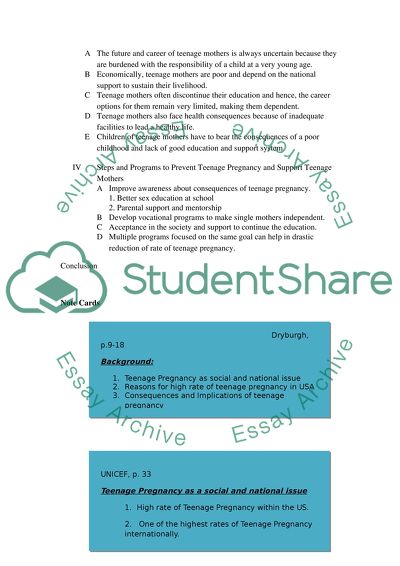Cite this document
(“Teenage Pregnancy as Social and National Issue in the US Coursework”, n.d.)
Teenage Pregnancy as Social and National Issue in the US Coursework. Retrieved from https://studentshare.org/social-science/1583444-research-essay
Teenage Pregnancy as Social and National Issue in the US Coursework. Retrieved from https://studentshare.org/social-science/1583444-research-essay
(Teenage Pregnancy As Social and National Issue in the US Coursework)
Teenage Pregnancy As Social and National Issue in the US Coursework. https://studentshare.org/social-science/1583444-research-essay.
Teenage Pregnancy As Social and National Issue in the US Coursework. https://studentshare.org/social-science/1583444-research-essay.
“Teenage Pregnancy As Social and National Issue in the US Coursework”, n.d. https://studentshare.org/social-science/1583444-research-essay.


